G7 leaders endorse protecting and conserving 30% of the planet.
President of the United States Joe Biden pursues a target of 30% protection by 2030.
EU commits to protecting 30% of land and sea under new Biodiversity Action Plan.
These and similar headlines have been appearing in the press in recent months. There is growing support for conserving at least 30% of our planet by the year 2030 to halt biodiversity loss and the degradation of important ecosystem services, and move towards a nature positive future; whilst recognising and safeguarding the rights of indigenous peoples and local communities, and their rights to land and resources.
The effectiveness of such a target depends on whether we are conserving the “right” places, but determining the right places has historically been challenging for national governments without standardised guidance from scientists and other conservation experts.
Areas are often designated as protected where it is convenient rather than because they are important for conserving biodiversity.
While a percentage target for protected and conserved areas is simple, measurable, and can help gain political and public traction; areas are often designated as protected or conserved where it is convenient rather than because they are important for conserving biodiversity. Protected areas tend to be created in remote places, at high elevations, and in locations that are less likely to be developed for agriculture.
Since 2010, protected areas have increasingly been created in places that are not sites of global biodiversity importance. If this trend continues, we will undoubtedly keep losing biodiversity even while achieving area-based targets. The solution is to ensure that plans to meet these targets comprehensively incorporate areas of importance to the persistence of biodiversity. Key Biodiversity Areas (KBAs) are recognised as sites of global importance for biodiversity, and should be used to guide where protected and other conserved areas are established.

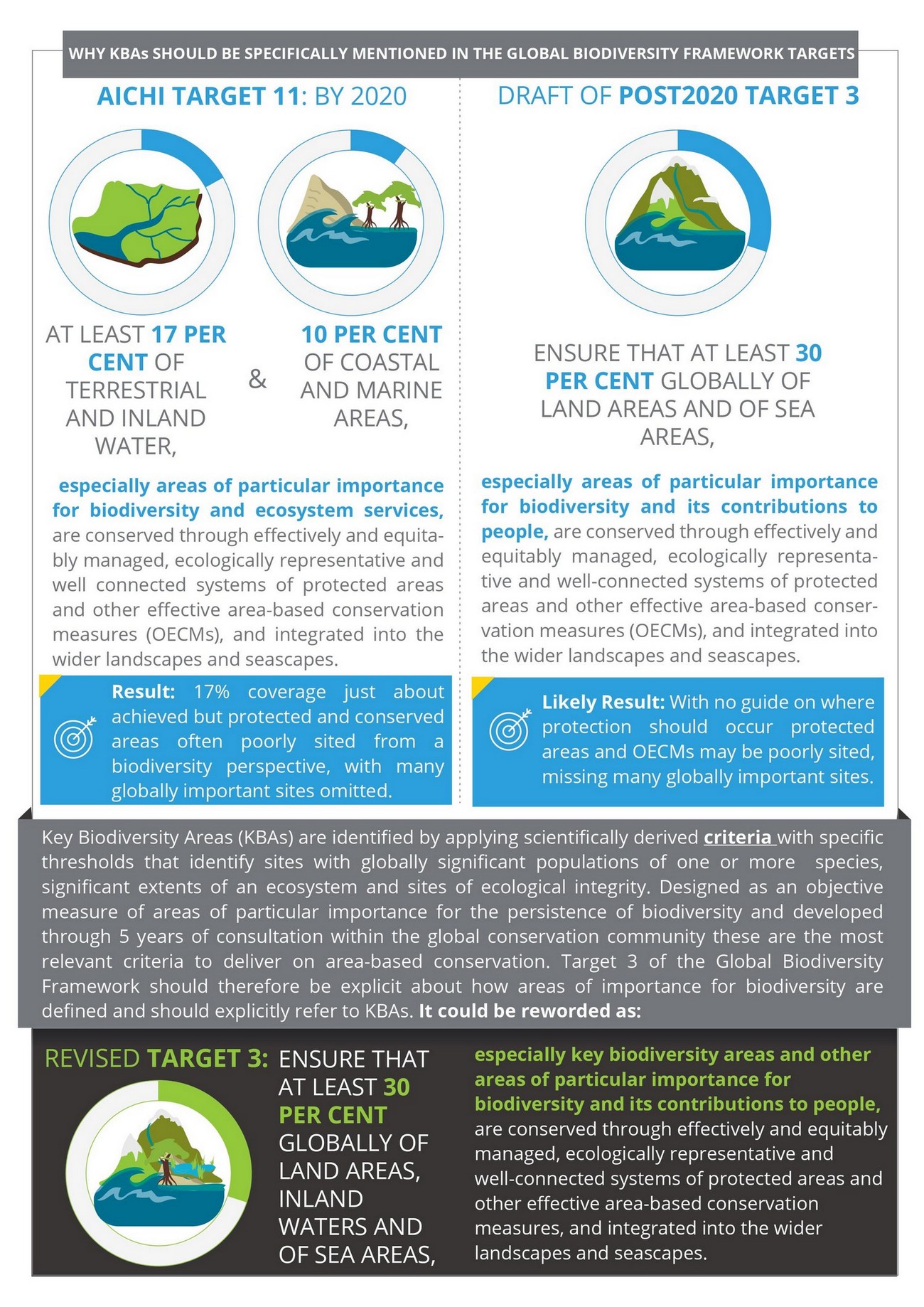
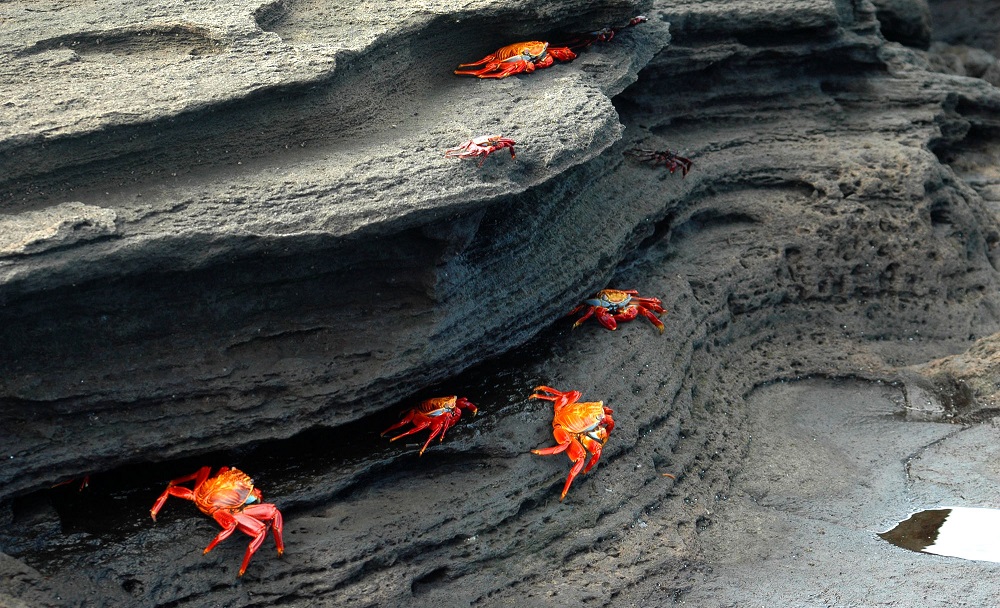
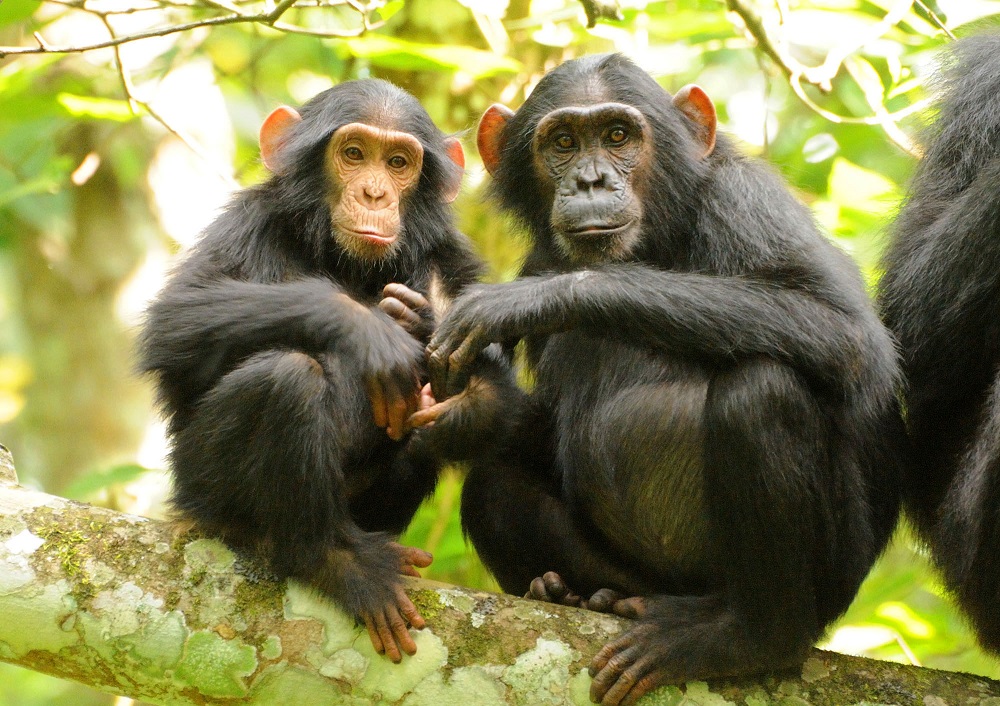
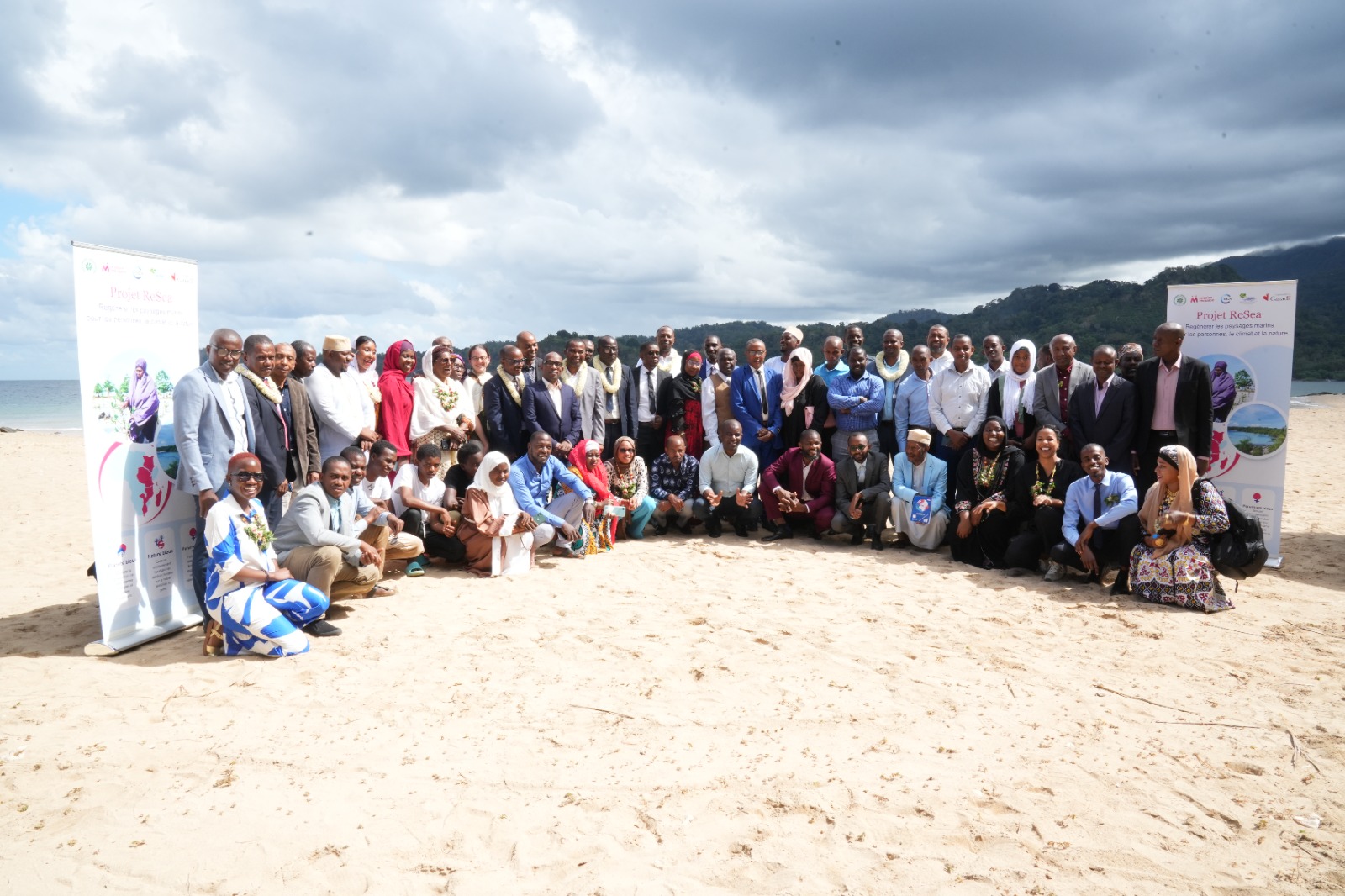

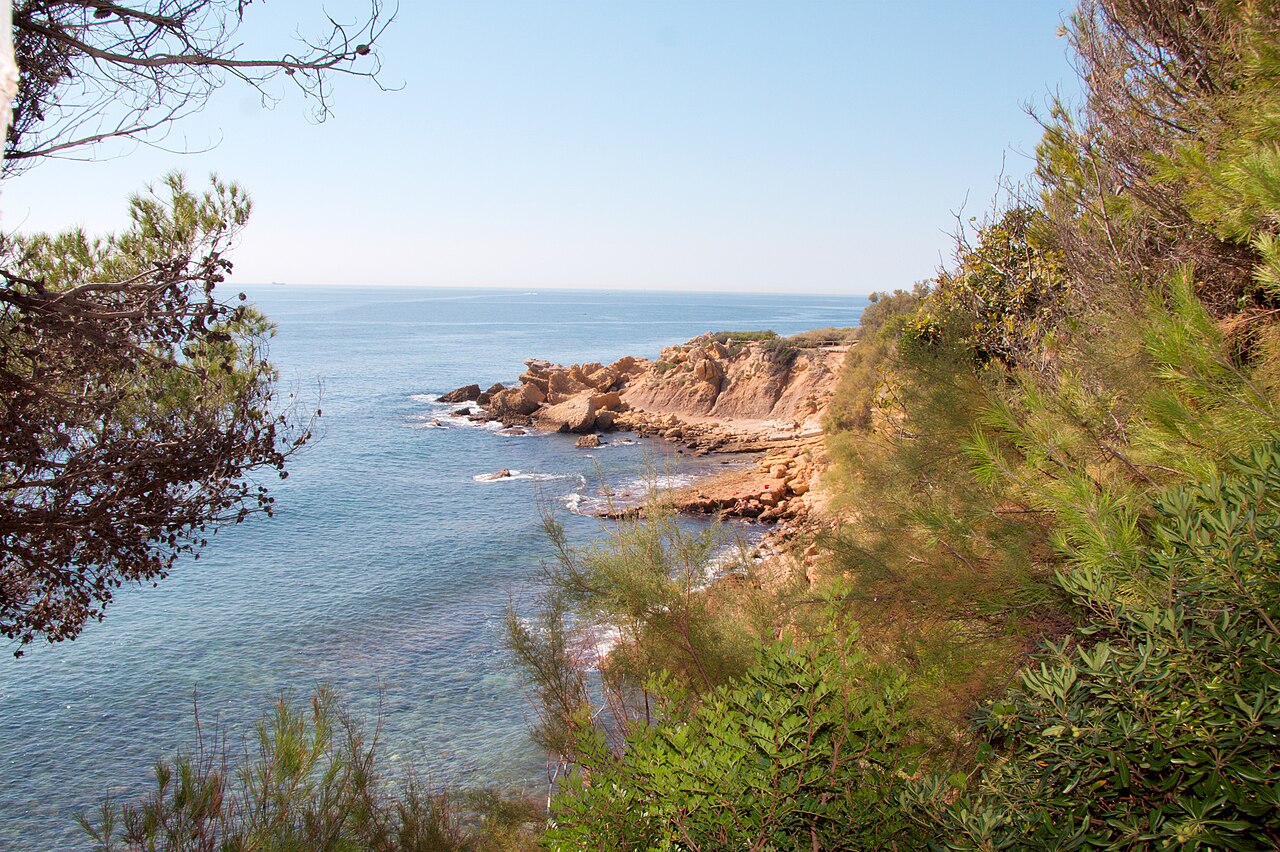

Add new comment